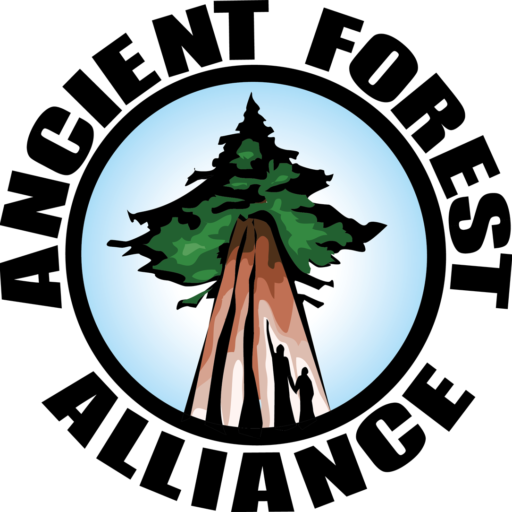Get in Touch
AFA’s office is located on the territories of the Lekwungen Peoples, also known as the Songhees and Esquimalt Nations.
Copyright © 2025 Ancient Forest Alliance • All Rights Reserved
Earth-Friendly Web Design by Fairwind Creative
Earth-Friendly Web Design by Fairwind Creative

Old-growth forest near Port Renfrew needs protection, group says
B.C. ancient tree lovers unveil ‘Mossome’ grove as part of bid for new protections
Conservation groups discover ancient old-growth forest near Port Renfrew: Grove home to record-size Sitka spruce and bigleaf maple trees
Push is on to protect Mossome Grove
Conservationists locate what may be Canada’s most magnificent and photogenic old-growth forest on Vancouver Island
Nothing has changed in BC forestry practices under the NDP government.
Disturbing finding about destruction of old-growth rainforest in B.C.
Photo Gallery: Old-Growth Logging on Edinburgh Mt. Near Port Renfrew
New Logging Operations Underway on Edinburgh Mountain, an Old-Growth Forest Environmental “Hotspot” near Port Renfrew on Vancouver Island
Ancient Giant Logged in the Nahmint Valley